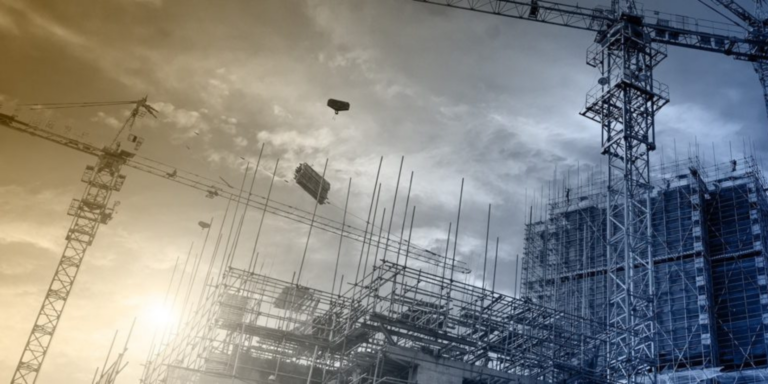LEARNING FROM ACCIDENTS AND MAKING CHANGES: legal protections for excluding evidence of subsequent remedial measures.
At the turn of the twentieth century, in the midst of the industrial revolution, American author Upton Sinclair famously published ‘The Jungle,’ a narrative fiction that exposed the incredibly dangerous conditions faced by workers every day in the meat-packing industry. Similar works and activism spurred a transformation in social, political, and legal implications for safer working conditions. More than a century later, the work of creating safer working environments is still ongoing, although we have come a long way. Modernly, legal mechanisms exist to protect and encourage change in the name of safety. Under the Federal Rules of Evidence, as well as in many states including Florida, there are specific legal protections for employers and premises owners prohibiting the admission into evidence of subsequent remedial measures to encourage changes made in an effort to avoid future accidents.
With #ConstructionSafetyWeek earlier this month, the focus has been on safer jobsites. While always unfortunate and frequently tragic, accidents also force introspective evaluation of processes and often lead to changes to site conditions and procedures. While this can occur naturally, our most sophisticated clients proactively invest substantially in post-accident root-cause investigations dedicated to developing safer environments for their employees and contractors. This is particularly important in heavy industries, such as construction and manufacturing, where the work often has its unfair share of inherent risks and hazards.
As adopted by Florida Supreme Court Justice Jefferson Browne, in a 1925 decision,
‘[N]o act in the nature of repairs, improvements, substitution, or the like, done after the occurrence of an injury, is receivable as evidence of a consciousness, on the part of the owner, of negligence, connivance, or other culpability in causing the injury.’ […] ‘To declare the evidence competent is to offer an inducement to omit the use of such care as the new information may suggest, and to deter persons from doing what the new experience informs them may be done to prevent the possibility of future accidents.’
Stated more directly, we simply cannot encourage and promote safer conditions if the law allows positive change to retrospectively serve as evidence fault. For this rationale, changes made to remedy or avoid a future accident, made after an accident, are—and should be—prohibited from evidence, with limited exception.
Now expressly embodied in Florida’s Evidence Code, evidence of measures taken after an injury or accident, which if taken before the event may have prevented the injury, is not admissible to prove negligence, defect, or culpability. Under Florida law, evidence tending to prove or disprove a material fact is considered ‘relevant’ and thus meets the threshold for admissibility. What could be more relevant to a question of negligence or culpability than a defendant, after an accident, having made a change or repair that would have previously prevented the accident? Here lies the point. Any such subsequent remedial measure that could have prevented the accident with the benefit of hindsight, might also be easily—and unfairly—seen too as a confession of foreseeability and negligence. Most importantly, if not excluded, changes in the name of safety would be discouraged.
However, this shield is not limitless. In both Florida and Federal courts, a subsequent remedial measure can be made admissible where the defendant disputes ownership, control, or the feasibility of a precautionary measure. Thus, when addressing a work-related accident or third-party jobsite injury, these are questions that a lawyer must address and resolve quickly, to avoid waiving the strong protections against the admission of what is likely to be strongly adverse evidence of his or her industry client.
As is often the case, the legal world can create more problems than it solves. The law and our litigious society should not be an obstacle to impactful and genuine efforts towards improving workplace safety. Courts must preserve and encourage efforts to prohibit the admission of subsequent remedial measures and post-accident investigations, where their genuine purpose is to avoid future harm. A bright-line rule here is necessary, and should be vigorously defended, so as to encourage industries to make changes that might prevent future harm.

